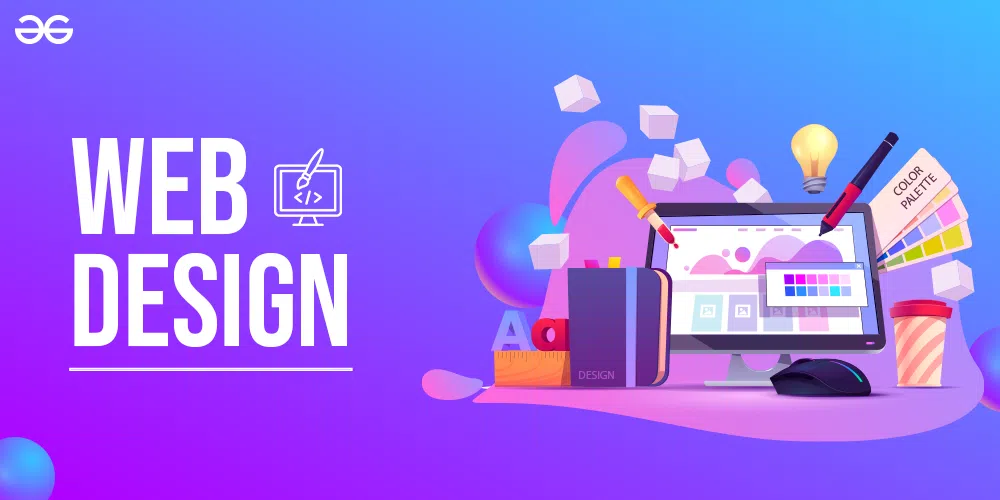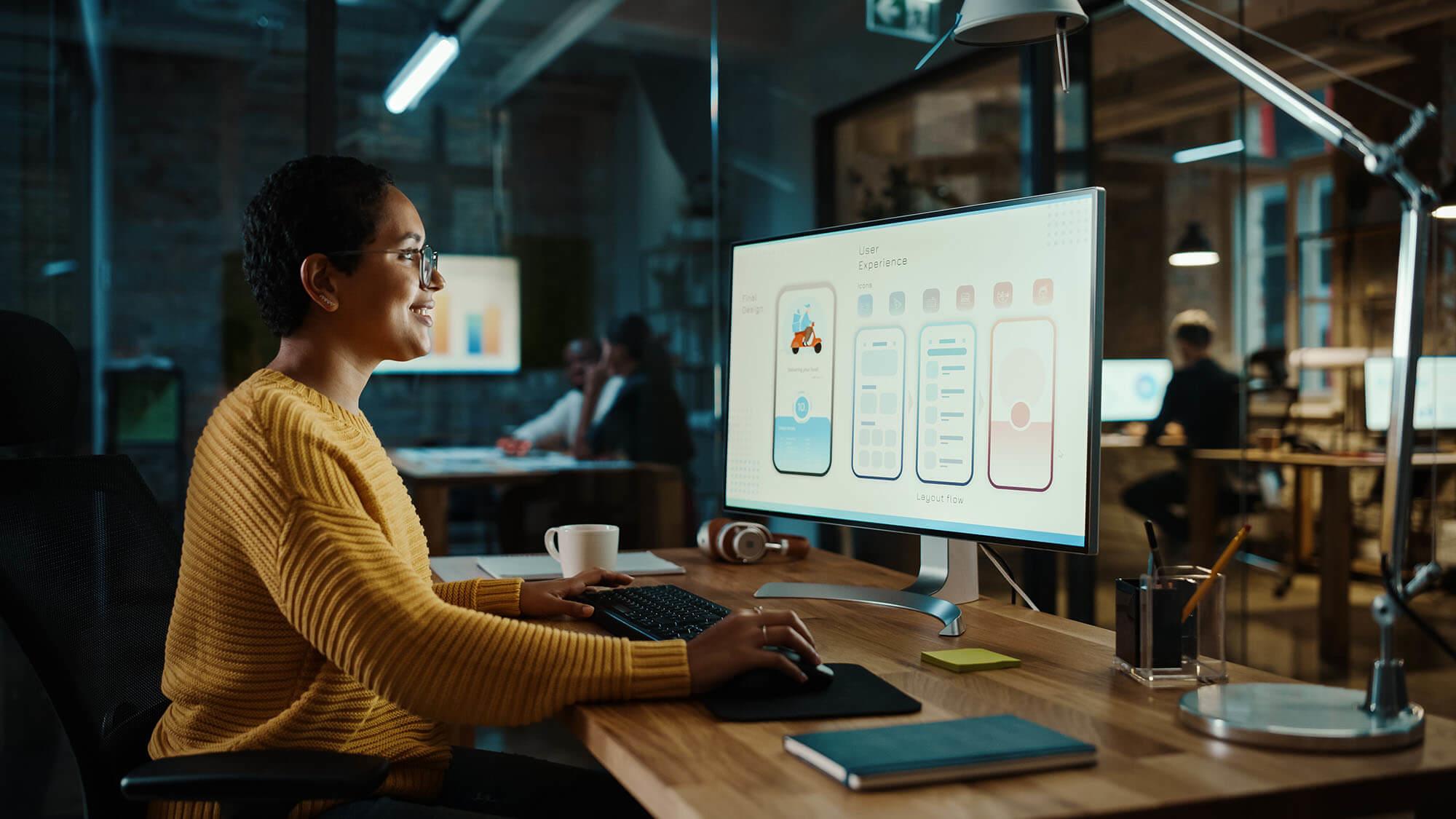Untangling the Intricacies of Receptive Website Design and Its Influence on Accessibility and Capability Across Numerous Devices
Responsive internet design (RWD) has emerged as a fundamental strategy in developing digital experiences that are both available and useful across diverse tools. By incorporating techniques such as fluid grids and CSS media questions, RWD not just enhances individual interaction however likewise addresses vital ease of access issues for people with disabilities.
Comprehending Receptive Website Design
Receptive web layout symbolizes the principle of flexibility, making sure that websites supply an optimum viewing experience across a variety of gadgets and screen sizes. This technique utilizes adaptable grids, designs, and pictures, making it possible for the content to dynamically readjust based upon the user's gadget. The surge of mobile internet usage has actually made receptive style not just a pattern, yet a need for modern web development.
At its core, responsive internet design stresses fluidity and scalability. By utilizing CSS media inquiries, developers can customize designs to differing display dimensions, ensuring that text stays legible and pictures are displayed properly. This strategy suits the varied variety of devices, from smart devices to huge desktop screens, helping with smooth navigation and interaction.
Moreover, receptive website design enhances user interaction by reducing the requirement for extreme zooming or horizontal scrolling, which can diminish the customer experience. By prioritizing availability, companies can reach a more comprehensive target market, guaranteeing that all customers, no matter device, can access content effectively. Inevitably, understanding receptive website design is important for producing web sites that are not just visually attractive but also functional and straightforward across varied systems.

Secret Concepts of RWD
Emphasizing adaptability and user-centric style, the essential principles of responsive web style (RWD) focus on producing a smooth experience no matter the device being utilized. One fundamental principle is fluid grids, which use loved one systems like portions rather of repaired dimensions. This method makes certain that layout components adapt proportionally to differing display sizes, preserving aesthetic comprehensibility.
An additional vital principle is versatile pictures and media, which resize within their containing elements. web design Johannesburg. By utilizing CSS methods such as max-width, designers can avoid pictures from exceeding their moms and dad containers, making sure that visuals continue to be sharp and properly scaled throughout tools
Additionally, media queries play an essential role in RWD, allowing developers to apply particular CSS styles based upon the attributes of the gadget, such as positioning, size, and height. This ability enables tailored experiences that improve usability and interaction.
Furthermore, a mobile-first approach is progressively preferred, where layouts prioritize smaller sized screens and progressively boost for bigger gadgets. This principle not only maximizes efficiency but also deals with the expanding frequency of mobile browsing. Collectively, these concepts develop the foundation of receptive website design, promoting a versatile and user-friendly digital environment.

Influence On Accessibility
The assimilation of responsive web style plays an important function in enhancing accessibility for all individuals. By embracing an adaptable layout that adjusts to varying screen sizes and positionings, responsive design makes sure that web content remains easily accessible and legible no matter of the device made use of. This adaptability is specifically significant for individuals with specials needs, that might count on assistive innovations that operate better when content is structured responsively.
Furthermore, receptive web design minimizes the chance of problems such as straight scrolling, which can prevent users with electric motor impairments or aesthetic problems. By giving a consistent individual experience across gadgets, developers can prioritize availability features such as key-board navigation and display reader compatibility, permitting a much more comprehensive digital setting.
Furthermore, internet search engine progressively favor receptive styles, which can enhance exposure for customers seeking easily accessible web content. As a result, companies and businesses are encouraged to take on these techniques not only to comply with access requirements but likewise to get to a wider audience. Ultimately, receptive web style is crucial in promoting fair accessibility to info and solutions throughout diverse customer groups, therefore fostering an inclusive digital landscape.
Performance Across Instruments

Additionally, the performance of internet applications can vary dramatically across tools. Mobile phone typically have limited handling power and slower net links, which can impact filling times and total individual experience. It is important for developers to maximize photos, manuscripts, try this and other sources to make sure that efficiency stays constant and effective, no matter the gadget being utilized.
In addition, the design and framework of web content must adjust fluidly to various screen sizes to keep use. This versatility not just boosts customer involvement however additionally decreases aggravation, eventually leading to greater retention rates. In recap, focusing on capability across gadgets is vital for developing a comprehensive and reliable web existence that satisfies the varied needs of customers.
Ideal Practices for Application
Carrying out responsive internet layout successfully calls for a calculated technique that focuses on individual experience and access. To achieve this, begin by adopting a mobile-first layout ideology, which highlights producing an optimum experience for smaller displays prior to scaling approximately bigger tools. This technique guarantees that essential content is prioritized which features are effortlessly incorporated.
Following, utilize fluid grids and versatile layouts. Use loved one units, such as percentages, instead than fixed devices like pixels - web design Johannesburg. This versatility permits content to resize dynamically based upon the display's measurements, boosting usability across various tools
Furthermore, incorporate media inquiries to apply specific CSS rules based upon the qualities of the gadget, such as height, resolution, and width. This targeted technique enables for customized experiences that provide to the one-of-a-kind capacities of each tool.
Furthermore, prioritize ease of access by making certain that all interactive aspects are easily navigable via touch or sites key-board. Execute semantic HTML to enhance screen reader compatibility and preserve high comparison proportions for readability.
Final Thought
To conclude, receptive website design works as a foundational element in producing easily accessible and functional electronic experiences throughout varied devices. By integrating liquid grids, versatile photos, and CSS media questions, receptive layout not only improves user involvement however likewise promotes fair accessibility to details for all people, consisting of those with impairments. Complying with finest practices in implementation ensures that internet sites stay adaptable, inevitably cultivating a more inclusive digital environment that meets the varying requirements of customers.
Responsive internet layout (RWD) has arised as a basic method in producing electronic experiences that are both practical and available throughout diverse devices.Responsive web design symbolizes the concept of flexibility, making sure that web sites provide an optimum watching experience throughout a variety of tools and screen sizes.Stressing flexibility and user-centric layout, the vital concepts of receptive internet layout (RWD) rotate around developing a seamless experience regardless of the tool being used.Functionality throughout tools is a vital factor to consider in internet layout, as customers involve with content through a selection of systems, including desktop computers, tablet web design Johannesburg computers, and smartphones.In final thought, receptive internet layout serves as a foundational component in developing useful and available electronic experiences across varied devices.